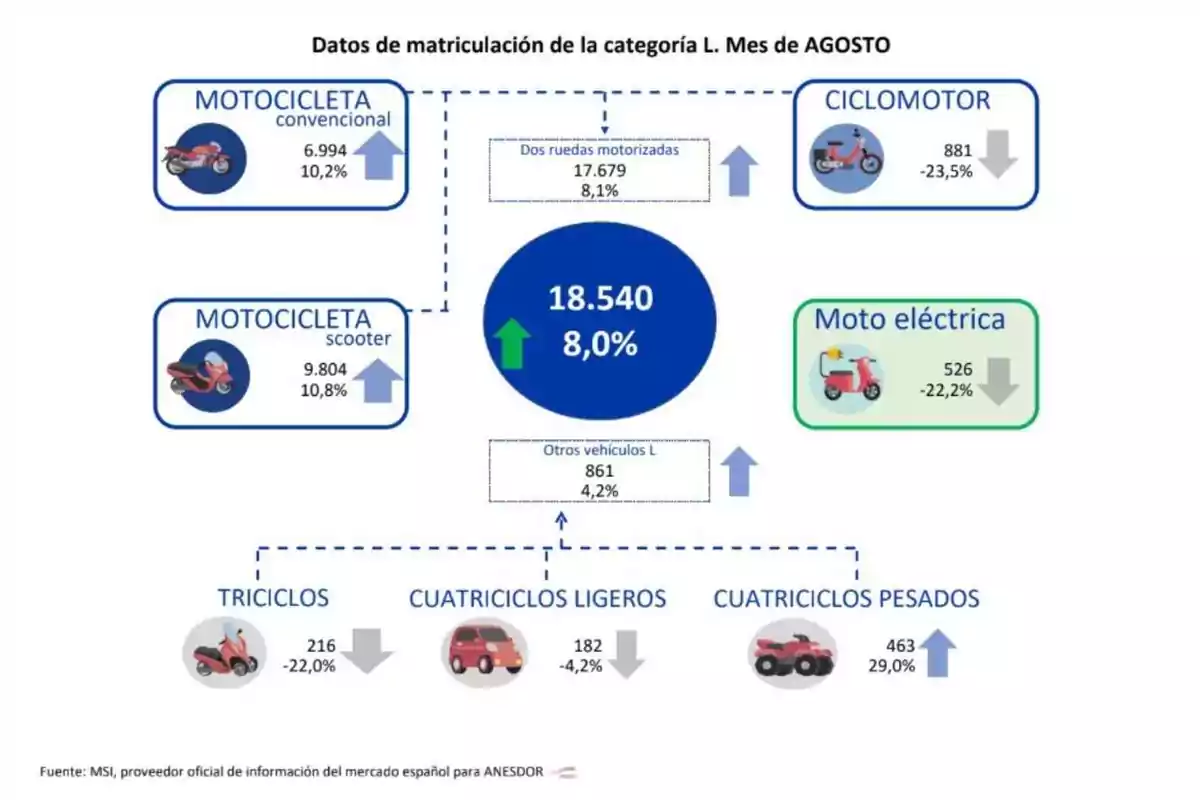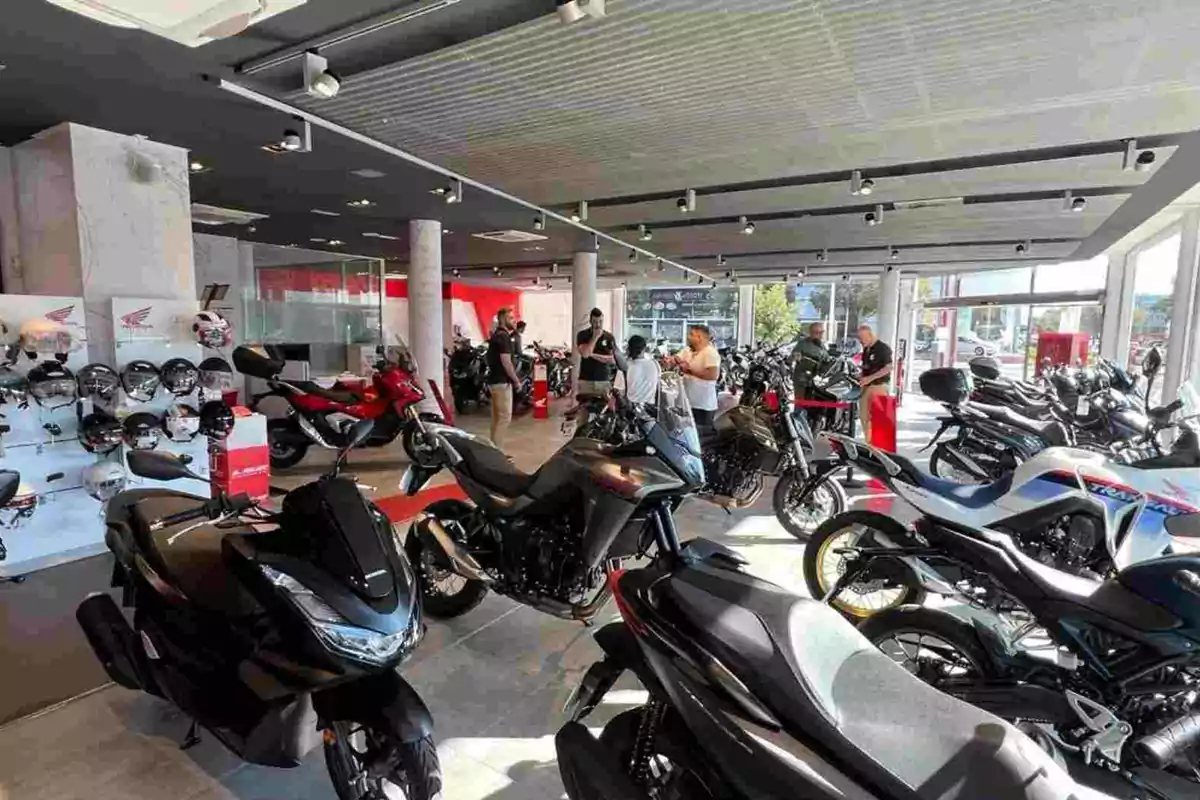
3 types of motorcycles that do not follow the upward sales trend of the rest
August motorcycle registrations reveal which segments are preferred and which ones are not
The month of August has confirmed a trend that is becoming established. Motorcycles and light vehicles keep gaining followers in Spain.
With 18,540 registrations recorded, the sector has experienced 8% growth compared to August 2024. This is an even more remarkable figure if we consider that this year there was one less working day.
In terms of daily registrations, the increase has been 13%, which makes it clear that demand isn't stopping. In the year-to-date, the figure reaches 174,070 units, which represents overall growth of 8.5%.

Electric motorcycles, tricycles and mopeds, on the decline
The spotlight, as usual, falls on motorcycles, which totaled 16,798 units in August, that is, 10.5% more than last year.
By type of use, scooters lead demand with 11% growth (9,804 units), followed by road motorcycles, which climb 13% (6,713 units).
The only negative figure comes from the off-road motorcycle segment, which drops 33%. Meanwhile, for the channels, rentals soar 45%, while business grows 15% and individuals, a solid 10%.

Not all the news is good. The moped falls 23.5% with just 881 units registered in the month. There is a 5% drop so far this year.
Tricycles also fall, in their case by 22%, with a total of 216 units sold.
By Autonomous Communities, dynamism is reflected in Cantabria (+36%), Ceuta and Melilla (+34.4%), and Asturias (+26%). However, the leadership in volume remains with Andalucía (4,407 units), Catalonia (3,539), and Comunidad Valenciana (2,076).
The weakest point of the month has been the L electric category, which drops 18.2% with 629 registrations. Even so, in the annual total it grows 14.2%. This indicates that electrification is still underway, although at a very slow pace.

For José María Riaño, ANESDOR's secretary general, the message is clear. Motorcycles and light vehicles are increasingly valued for their agility and efficiency in urban environments.
They are key to reducing congestion. However, he warns that Administrations must move forward with specific regulations.
This way, their role in more sustainable and rational mobility would be enhanced.
More posts: